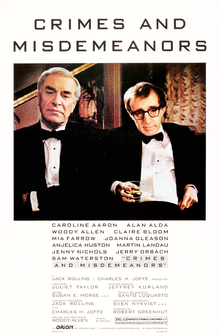 |
| Walter Brennan, Gary Cooper, Irving Bacon, Barbara Stanwyck, and James Gleason in Meet John Doe |
Ann Mitchell: Barbara Stanwyck
D.B. Norton: Edward Arnold
The "Colonel": Walter Brennan
Mrs. Mitchell: Spring Byington
Henry Connell: James Gleason
Mayor Lovett: Gene Lockhart
Ted Sheldon: Rod LaRocque
Beany: Irving Bacon
Bert: Regis Toomey
Director: Frank Capra
Screenplay: Robert Riskin
Based on a story by Richard Connell and Robert Presnell Sr.
Cinematography: George Barnes
Art direction: Stephen Goosson
Film editing: Daniel Mandell
Music: Dimitri Tiomkin
Meet John Doe opens with reporters and editors at a newspaper being fired because the owner wants it to be, as the paper's new slogan says, "streamlined ... for a streamlined age." And the plot involves a very wealthy man who uses a phony populist approach to try to get himself elected president. Who says a 74-year-old movie isn't relevant today? But the movie eventually falls apart because Frank Capra can't get his story to make sense. I never watch a Capra film without wanting to throw something at the screen, and that includes the beloved It's a Wonderful Life (1946), which makes me faintly nauseated. Meet John Doe has a few wonderful things going for it, principally the opportunity to see Barbara Stanwyck and Gary Cooper at their starry prime. (Though they were much better in a movie they made together in the same year, Howard Hawks's Ball of Fire.) Experience tells, and by 1941 Stanwyck had been making movies for more than a decade, and Cooper had been in films since the mid-1920s. They had the kind of easy, spontaneous, natural manner on screen that could steady even the most wobbly vehicle. Meet John Doe starts to wobble about halfway through, when it becomes apparent that there is no easy way Capra and screenwriter Robert Riskin can resolve the director's muddled populist sentiments: Capra always wants to celebrate the "common man" in his movies, but it was clear to anyone on the brink of the entry of the United States into World War II that the common man was a dangerous force to work with. So what we have in the film is an odd mix of sentimentality and cynicism. Stanwyck's character, Ann Mitchell, starts as a cynic, concocting a sob story about a "John Doe" who threatens to commit suicide because he's fed up with a corrupt society. She does it to save her job at the newspaper, and the equally cynical managing editor Henry Connell decides to run with it. That's when they find a homeless man (Cooper) to pretend to be the real John Doe. When he turns out to be an inspiration to the "common man" of Capra's fantasies, bringing about peace and harmony across the land, the sentimentality takes over, converting Ann and Connell, but also playing into the hands of the paper's owner, D.B. Norton, who tries to use John Doe's followers for political gain. And when John Doe is exposed as a fake, the adoring millions suddenly turn into a raging mob. If Capra weren't so invested in making things turn out all right, he could have created a powerful satire, but he couldn't find an ending to the film that would satisfy both his Hollywood-nurtured sentimentality and the logic of the plot.








